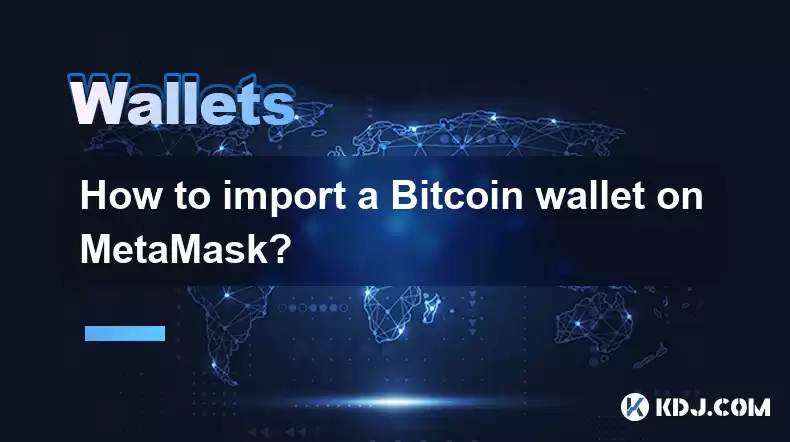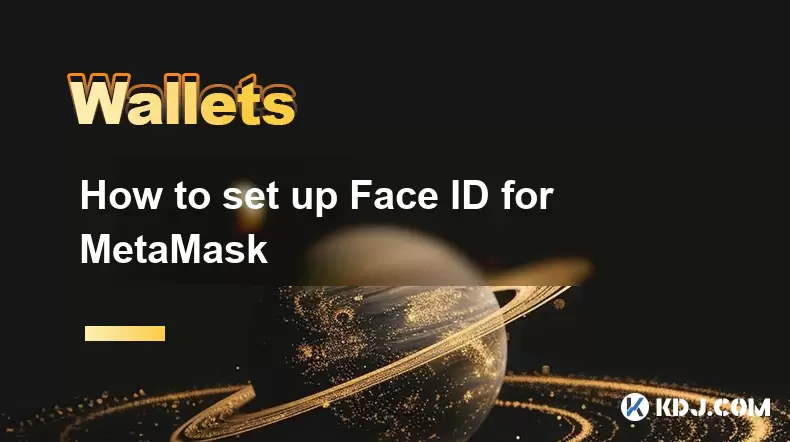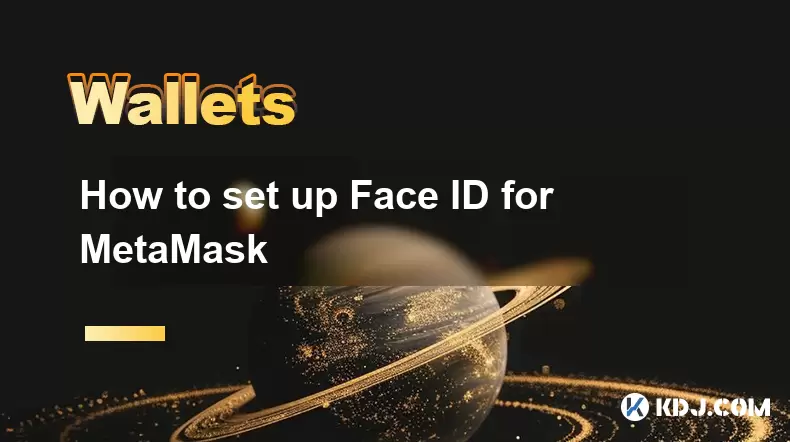-
 Bitcoin
Bitcoin $119000
-2.21% -
 Ethereum
Ethereum $4315
1.01% -
 XRP
XRP $3.151
-3.11% -
 Tether USDt
Tether USDt $0.0000
0.00% -
 BNB
BNB $808.5
-0.71% -
 Solana
Solana $175.8
-4.21% -
 USDC
USDC $0.9999
0.00% -
 Dogecoin
Dogecoin $0.2250
-3.92% -
 TRON
TRON $0.3469
1.77% -
 Cardano
Cardano $0.7818
-3.81% -
 Chainlink
Chainlink $21.47
-2.10% -
 Hyperliquid
Hyperliquid $43.30
-6.81% -
 Stellar
Stellar $0.4370
-2.84% -
 Sui
Sui $3.682
-4.40% -
 Bitcoin Cash
Bitcoin Cash $590.8
2.67% -
 Hedera
Hedera $0.2484
-5.20% -
 Ethena USDe
Ethena USDe $1.001
0.00% -
 Avalanche
Avalanche $23.10
-4.29% -
 Litecoin
Litecoin $119.2
-3.96% -
 Toncoin
Toncoin $3.409
0.90% -
 UNUS SED LEO
UNUS SED LEO $9.016
-1.29% -
 Shiba Inu
Shiba Inu $0.00001304
-3.82% -
 Uniswap
Uniswap $11.18
1.33% -
 Polkadot
Polkadot $3.913
-3.51% -
 Cronos
Cronos $0.1672
-3.08% -
 Dai
Dai $1.000
0.02% -
 Ethena
Ethena $0.7899
-4.70% -
 Bitget Token
Bitget Token $4.400
-1.23% -
 Pepe
Pepe $0.00001132
-5.93% -
 Monero
Monero $257.9
-6.44%
How to import a Bitcoin wallet on MetaMask?
MetaMask doesn't support Bitcoin; use a separate Bitcoin wallet like Electrum or Ledger to manage your BTC securely alongside your Ethereum assets.
Mar 29, 2025 at 10:00 am

MetaMask is a popular Ethereum wallet, known for its user-friendly interface and browser extension. However, it's crucial to understand that MetaMask itself doesn't directly support Bitcoin. It's primarily designed for interacting with the Ethereum blockchain and ERC-20 tokens. Therefore, importing a Bitcoin wallet into MetaMask is not possible in the same way you would import an Ethereum wallet. You need a separate Bitcoin wallet to manage your BTC.
Understanding Bitcoin and MetaMask Compatibility
The core issue lies in the fundamental differences between Bitcoin and Ethereum. Bitcoin operates on its own blockchain, while Ethereum's blockchain supports smart contracts and various decentralized applications (dApps). MetaMask is built to interact with the Ethereum ecosystem; it doesn't have the functionality to interact with the Bitcoin blockchain directly. Attempting to import a Bitcoin private key into MetaMask will result in an error or, worse, potential loss of funds.
Managing Bitcoin Alongside MetaMask
So how do you manage both Bitcoin and Ethereum assets? The solution is simple: use separate wallets. Keep your Bitcoin in a dedicated Bitcoin wallet and your Ethereum and other ERC-20 tokens in your MetaMask wallet. Many reputable Bitcoin wallets exist, offering various security features and levels of user experience. Choosing the right wallet depends on your technical expertise and security preferences.
Choosing a Suitable Bitcoin Wallet
Several excellent Bitcoin wallets cater to different needs. Some popular options include:
Hardware wallets: These are physical devices that store your private keys offline, offering the highest level of security. Examples include Ledger and Trezor. These are recommended for users holding significant amounts of Bitcoin.
Software wallets: These are applications installed on your computer or mobile device. They offer convenience but require careful consideration of security best practices. Examples include Electrum and Exodus.
Online wallets: These are web-based wallets, providing accessibility but generally considered less secure than hardware or software wallets. Use caution when choosing an online wallet, and only use reputable providers.
Key Security Considerations
Regardless of the Bitcoin wallet you choose, prioritizing security is paramount. Never share your private keys with anyone. Treat your private keys like your banking password – losing them means losing access to your funds. Always download wallet software from official sources and be wary of phishing scams. Regularly back up your wallet and store your backups securely.
Step-by-Step Guide: Setting up a Separate Bitcoin Wallet (Using Electrum as an Example)
Here's a general outline of how to set up a Bitcoin wallet using Electrum, a popular software wallet. Remember that this is just an example, and the steps may vary slightly depending on the wallet you choose.
Download Electrum: Download the official Electrum wallet from their website. Verify the checksum to ensure you're downloading the authentic software.
Install Electrum: Follow the installation instructions provided by Electrum.
Create a New Wallet: Launch Electrum and select the option to create a new wallet. Choose a strong password and securely store it.
Backup Your Seed Phrase: Electrum will generate a seed phrase – a list of words. This seed phrase is crucial; without it, you cannot recover your Bitcoin. Write it down on paper, store it securely, and keep it offline.
Receive Bitcoin: Once your wallet is set up, you can receive Bitcoin addresses to deposit your funds.
Frequently Asked Questions
Q: Can I use MetaMask to buy Bitcoin?
A: No, MetaMask is not designed for buying or holding Bitcoin. You'll need to use a cryptocurrency exchange like Coinbase, Kraken, or Binance to purchase Bitcoin, then transfer it to your chosen Bitcoin wallet.
Q: Is it safe to use a software wallet for Bitcoin?
A: Software wallets can be safe if used correctly, but they are generally considered less secure than hardware wallets because they are vulnerable to malware and computer compromise. Always download from reputable sources and practice strong security habits.
Q: What is a seed phrase, and why is it so important?
A: A seed phrase (also called a recovery phrase) is a list of words that acts as a master key to your cryptocurrency wallet. It allows you to restore access to your funds if your wallet is lost, damaged, or stolen. Losing your seed phrase means irreversible loss of your funds. Keep it safe and secure.
Q: What happens if I try to import a Bitcoin private key into MetaMask?
A: You will likely receive an error message. MetaMask is not compatible with Bitcoin private keys. Attempting to force it could potentially lead to loss of funds. Never attempt this.
Q: Are there any risks associated with using online Bitcoin wallets?
A: Yes, online wallets are generally considered less secure than hardware or software wallets because they are vulnerable to hacking and theft. Only use reputable online wallets and be mindful of security risks.
Q: How do I choose the right Bitcoin wallet?
A: The best Bitcoin wallet for you depends on your technical skills, security needs, and the amount of Bitcoin you own. Hardware wallets offer the highest security, software wallets provide more control, and online wallets offer convenience but come with higher risks. Research different options and choose the one that best suits your needs.
Disclaimer:info@kdj.com
The information provided is not trading advice. kdj.com does not assume any responsibility for any investments made based on the information provided in this article. Cryptocurrencies are highly volatile and it is highly recommended that you invest with caution after thorough research!
If you believe that the content used on this website infringes your copyright, please contact us immediately (info@kdj.com) and we will delete it promptly.
- PumpFun (PUMP) Price: Riding the Meme Coin Wave or Facing a Wipeout?
- 2025-08-12 16:50:12
- Arctic Pablo Coin: Meme Coin Growth Redefined?
- 2025-08-12 16:50:12
- Ether ETFs Surge: Inflows and Bull Signs Point to $4K ETH?
- 2025-08-12 16:30:12
- Bitcoin, Crypto Market, and CPI Anticipation: A New York Minute on Volatility
- 2025-08-12 16:30:12
- Bitcoin, CPI, and Market Fears: Navigating the Crypto Landscape
- 2025-08-12 15:10:13
- BTC Traders Eye ETH Targets as CPI Looms: A New York Minute
- 2025-08-12 15:10:13
Related knowledge

How to manage your portfolio in Exodus wallet
Aug 08,2025 at 10:07pm
Understanding the Exodus Wallet InterfaceThe Exodus wallet is a non-custodial cryptocurrency wallet that supports a wide range of digital assets. When...

How to reset your MetaMask password
Aug 08,2025 at 01:28pm
Understanding the MetaMask Password Reset ProcessMany users confuse the MetaMask password with the seed phrase or private key, but they serve differen...

How to buy Dogecoin on MetaMask
Aug 08,2025 at 03:42am
Understanding Dogecoin and MetaMask CompatibilityDogecoin (DOGE) is a popular meme-based cryptocurrency that operates on its own blockchain, originall...

How to switch between networks in Trust Wallet
Aug 09,2025 at 11:07am
Understanding Network Switching in Trust WalletSwitching between networks in Trust Wallet allows users to manage assets across different blockchains, ...

How to set up Face ID for MetaMask
Aug 12,2025 at 02:42am
Understanding Face ID and Its Role in MetaMask SecurityMetaMask is a widely used cryptocurrency wallet that allows users to interact with the Ethereum...

How to set up Face ID for MetaMask
Aug 11,2025 at 09:28am
Understanding Face ID and Its Role in MetaMask SecurityFace ID is a biometric authentication system developed by Apple that uses facial recognition to...

How to manage your portfolio in Exodus wallet
Aug 08,2025 at 10:07pm
Understanding the Exodus Wallet InterfaceThe Exodus wallet is a non-custodial cryptocurrency wallet that supports a wide range of digital assets. When...

How to reset your MetaMask password
Aug 08,2025 at 01:28pm
Understanding the MetaMask Password Reset ProcessMany users confuse the MetaMask password with the seed phrase or private key, but they serve differen...

How to buy Dogecoin on MetaMask
Aug 08,2025 at 03:42am
Understanding Dogecoin and MetaMask CompatibilityDogecoin (DOGE) is a popular meme-based cryptocurrency that operates on its own blockchain, originall...

How to switch between networks in Trust Wallet
Aug 09,2025 at 11:07am
Understanding Network Switching in Trust WalletSwitching between networks in Trust Wallet allows users to manage assets across different blockchains, ...

How to set up Face ID for MetaMask
Aug 12,2025 at 02:42am
Understanding Face ID and Its Role in MetaMask SecurityMetaMask is a widely used cryptocurrency wallet that allows users to interact with the Ethereum...

How to set up Face ID for MetaMask
Aug 11,2025 at 09:28am
Understanding Face ID and Its Role in MetaMask SecurityFace ID is a biometric authentication system developed by Apple that uses facial recognition to...
See all articles

























































































